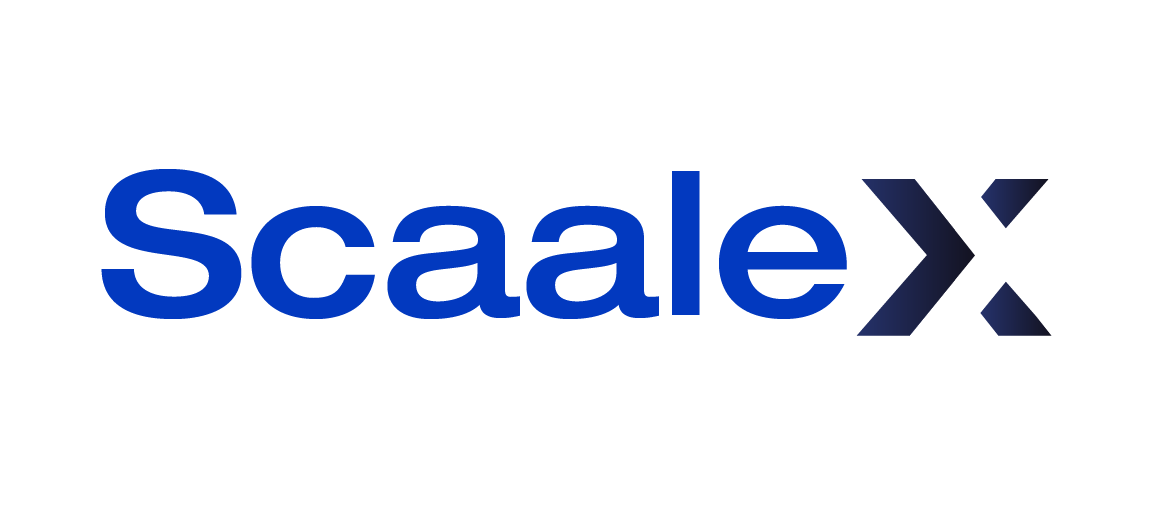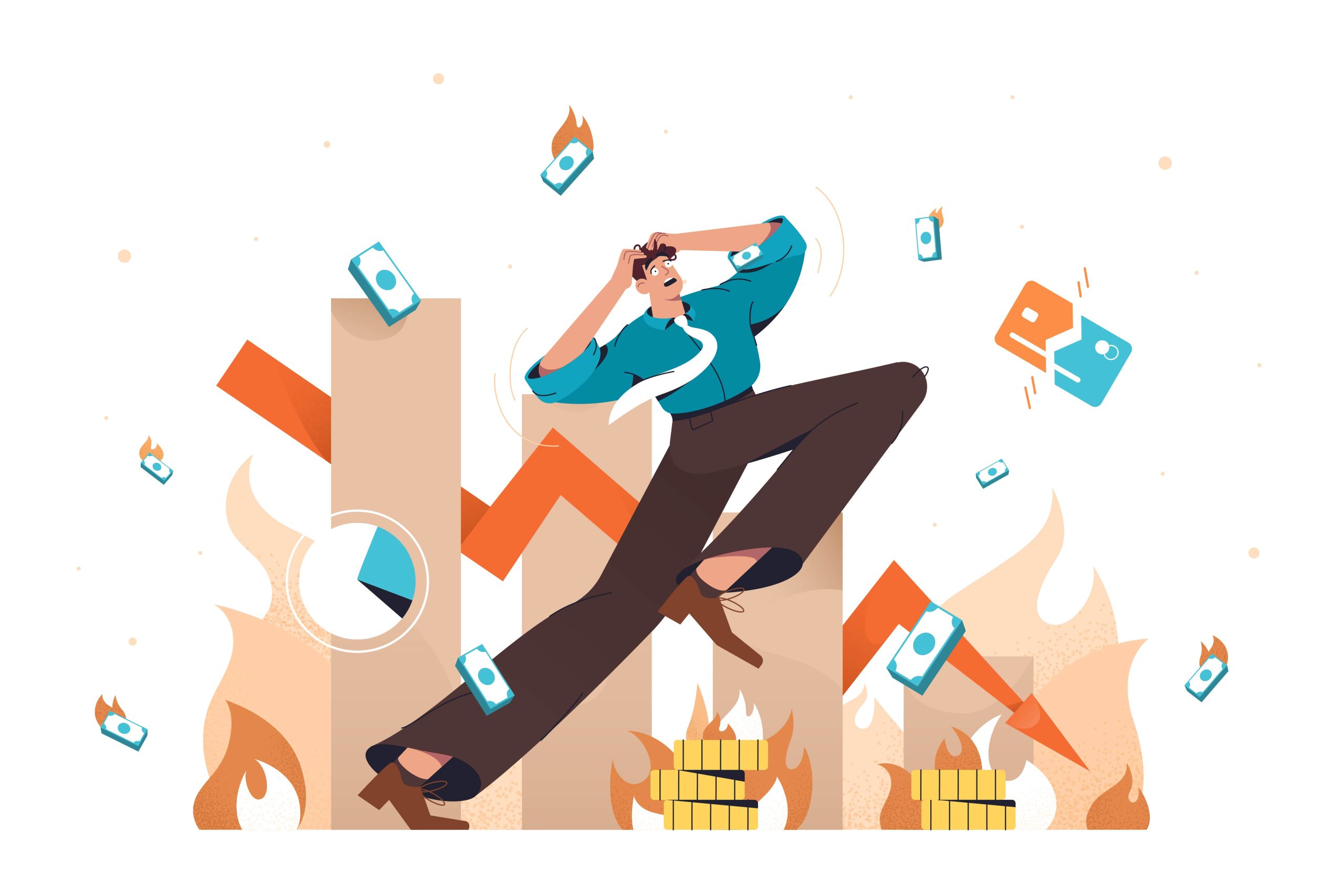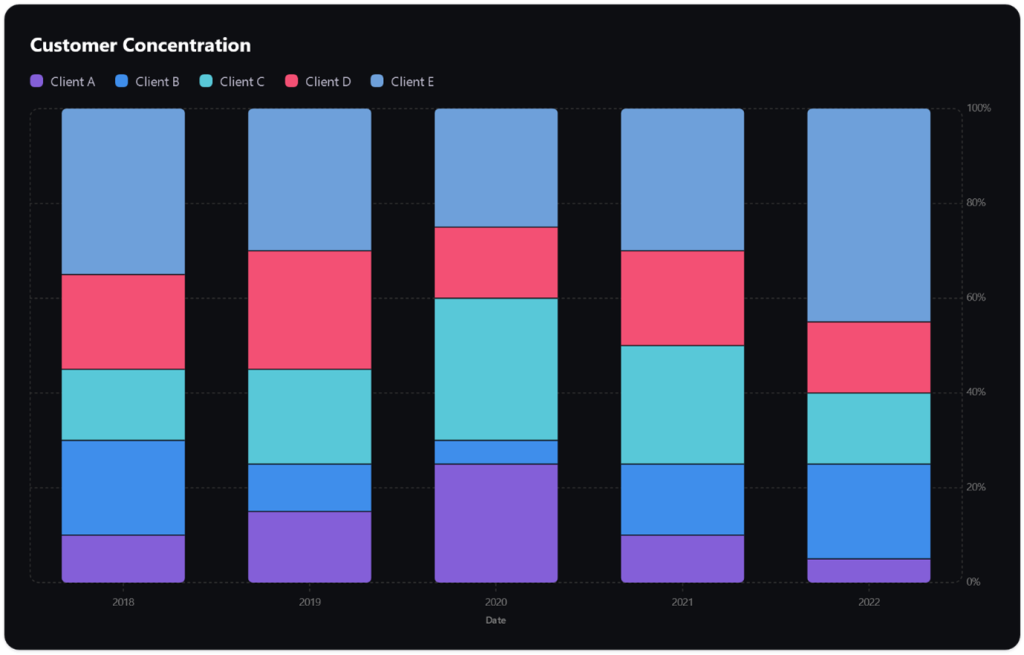What is Burn Rate?
Burn Rate is a financial metric that indicates the rate at which a company, typically a startup, expends its available cash reserves. It is often used to measure the speed at which a company spends its venture capital before generating positive cash flow from operations. The burn rate is a critical indicator of a company’s financial health and sustainability, as it provides insights into how long the company can continue operating with its current cash reserves.
To illustrate, consider a startup company that has $1 million in its bank account and spends $100,000 per month. In this scenario, the company’s cash burn rate would be $100,000 per month, and its “runway” or the time it has before it runs out of money, would be 10 months.
How To Calculate Burn Rate?
The calculation of this metric involves two types: gross burn and net burn. Gross burn refers to the total amount of money spent each month, while net burn is the amount of money lost each month after considering any possible company revenue. The formula for calculating the net burn is:
(Monthly Revenue – Cost of Goods Sold) – Gross Burn Rate = Net Burn Rate.
What Does a High Burn Rate Suggest?
A high burn rate suggests that a company is depleting its cash supply at a fast rate, indicating a higher likelihood of entering financial distress or even bankruptcy. If a company burns cash too quickly, it risks running out of money and going out of business. Conversely, if a company doesn’t burn enough cash, it might not be investing adequately in its future, potentially falling behind the competition.
How To Reduce Burn Rate?
Reducing it is crucial for a company’s survival and can be achieved through various strategies such as increasing revenue, reducing payroll expenses, cutting unnecessary overhead costs, and consolidating teams. Other methods include carrying out an expense survey, evaluating recurring expenses, streamlining expense approval processes, and negotiating better payment terms.
Application in Financial Modeling
In financial modeling, the burn rate is used to track the amount of monthly cash that a company spends before it starts generating its own income. This metric is particularly useful for startup companies and investors as it serves as a measuring stick for the company’s “runway”—the amount of time that the company has before it runs out of money.
Conclusion
Understanding and managing the burn rate is vital for any company, especially startups. It provides valuable insights into a company’s financial health and sustainability, helping managers make informed decisions about spending, investment, and fundraising strategies.
Learn about other key financial metrics every startup needs to track.
FAQ
Gross Burn = Monthly Cash Expenses
Net Burn = (Monthly Revenue – Cost of Goods Sold) – Gross Burn Rate
Typically, startup businesses are advised to maintain a reserve of six to twelve months’ worth of expenses. If a company holds $100,000 in its bank account, an appropriate burn rate would range from $16,667 (for a six-month period) to $8,333 (for a twelve-month period).
It’s typically measured on a monthly basis and can be calculated using the following formula:
Burn Rate = (Starting Cash Balance – Ending Cash Balance) / Number of Months


